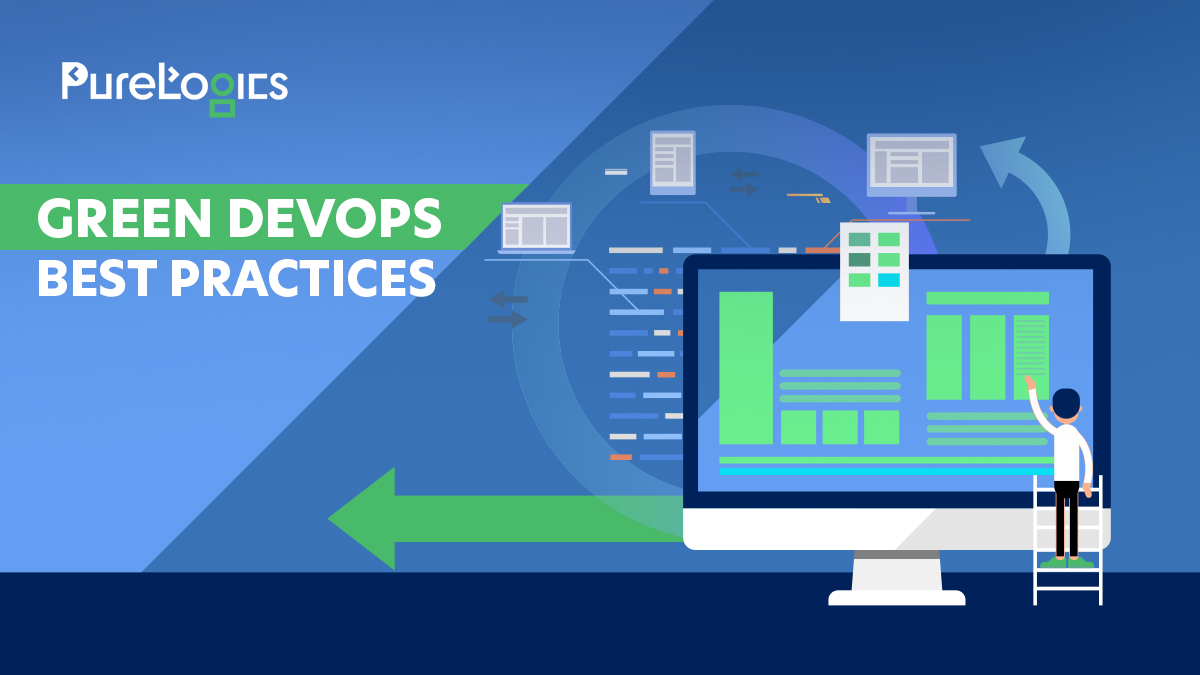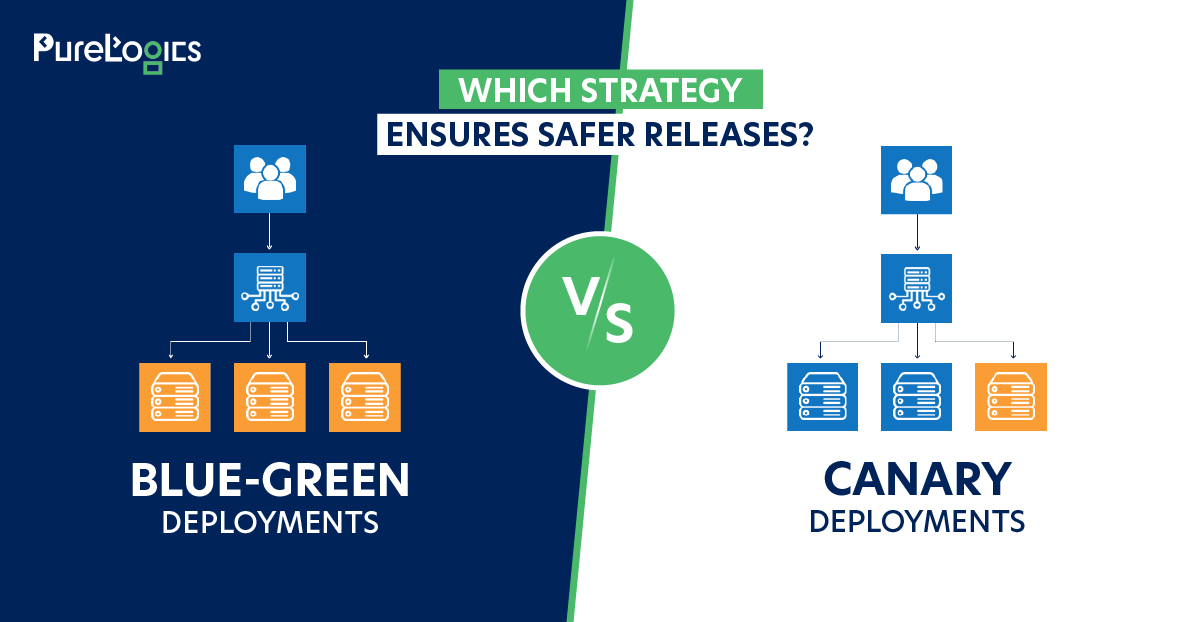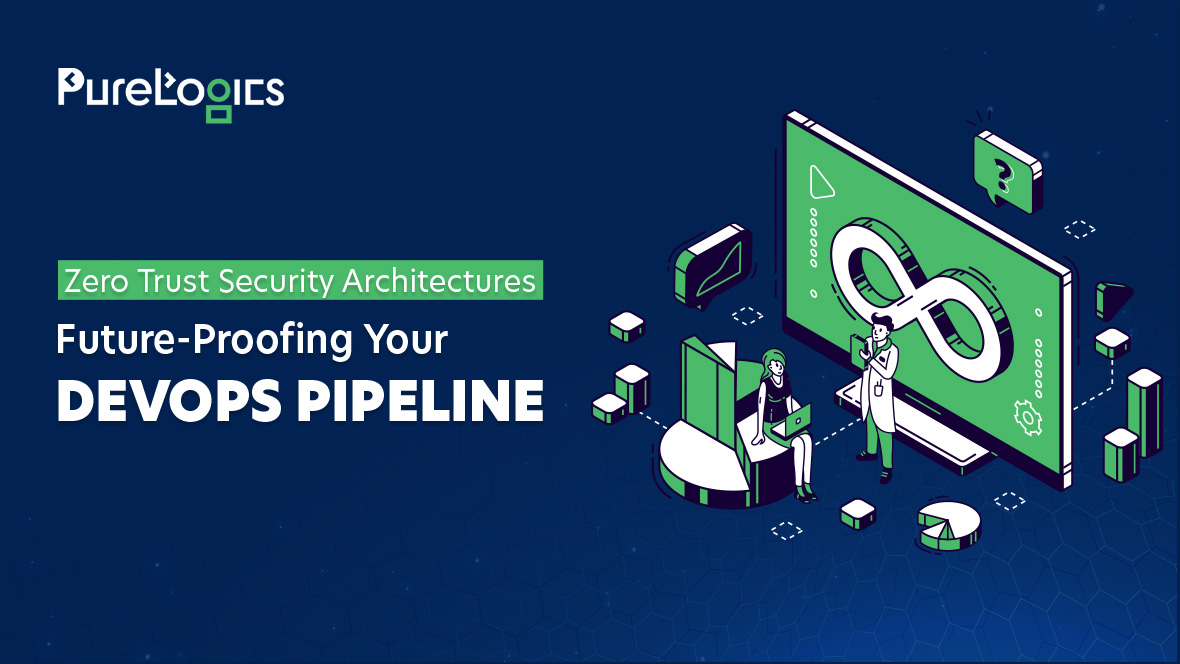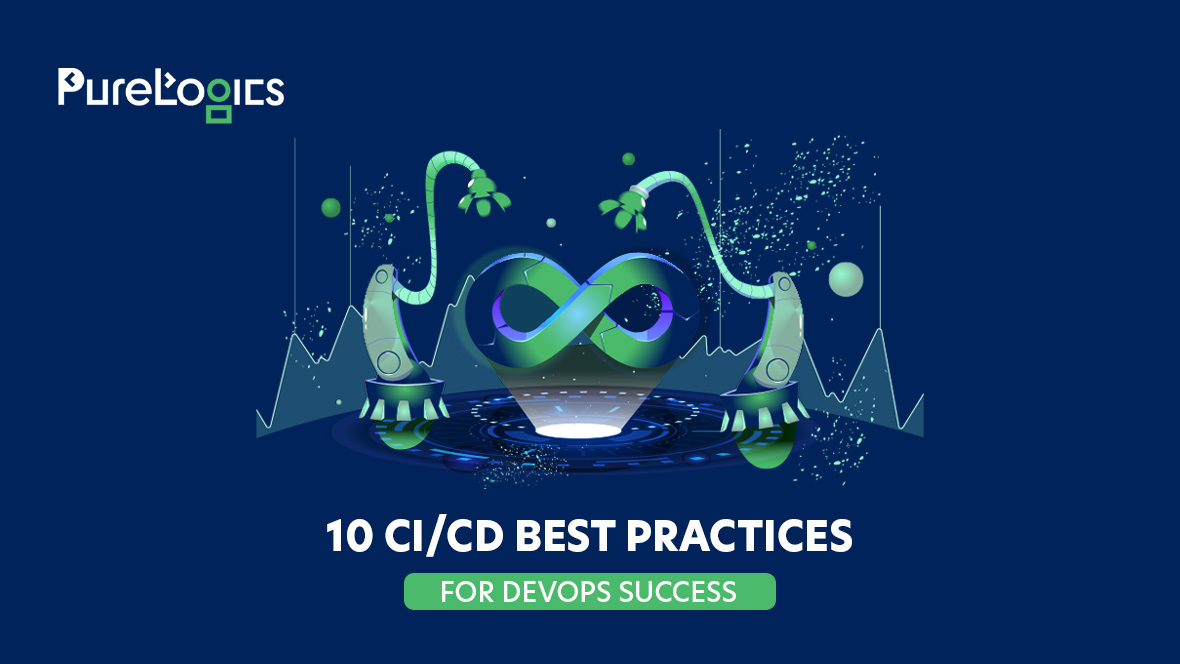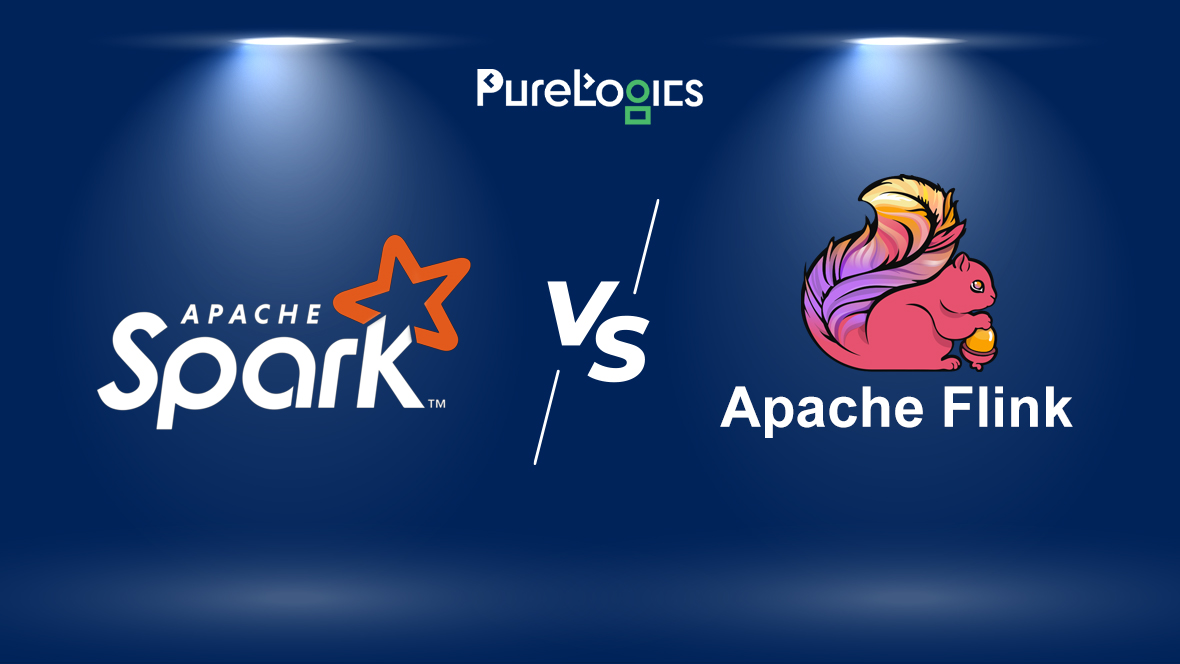As IT experts, we understand the importance of DevOps in software development and delivery. DevOps practices automate collaboration efforts between developers and IT operations experts and make software delivery faster and more reliable.
When we start our DevOps journey, we only focus on how development projects impact our company, but neglect its negative effects on the environment. We must ensure that we recognize the vulnerable areas in our software development processes and integrate sustainability into the DevOps practices. This process is known as Green DevOps as it combines DevOps with eco-friendly practices.
In this blog post, we will explore Green DevOps best practices with a proper step-to-step guide. By adopting these practices, your company can minimize carbon footprint while delivering quality software.
Contact Us Today
Get in touch to learn more about our services and how we can help you.
Step 1: Assess and Monitor Energy Consumption
Assessing and monitoring the consumption of energy in your existing infrastructure is the first step in executing Green DevOps. This first step includes:
Auditing Existing Infrastructure: It includes identification of all existing software and hardware resources such as servers, storage systems, databases, etc.
Using Monitoring Tools: After auditing your existing infrastructure, use monitoring tools like Google AWS CloudWatch and Prometheus to monitor actual energy usage.
Interpreting Data: Now, interpret the collected data from monitoring tools to figure out areas where there is high-energy consumption. This will help you understand peak usage times and resource utilization.
This step will help you understand your existing energy consumption to pinpoint where you need to make changes for better efficiency.
Step 2: Optimize Resource Utilization
The second-best Green DevOps practice is the optimization of your resource utilization. Follow these three steps to optimize:
Virtualization: There are many virtualization technologies like VMware and Hyper-V that you can use to combine different servers into lesser physical machines. Virtualization will help you decrease the usage of active machines and save a significant amount of energy.
Containerization: After virtualization, use platforms like Kubernetes to ensure your software uses only the required resources.
Auto-Scaling: It includes executing auto-scaling policies. This will help you automatically adjust your resource allocation according to the demands.
Step 3: Ensure Green Coding Practices
The third step in implementing Green DevOps practices is to adopt energy-efficient coding practices. Encourage your developers to apply these practices; this will considerably impact your energy consumption patterns. Here are a few green coding practices:
Optimize Algorithms: This step includes optimizing algorithms so that they use less computational power.
Code Profiling: Also, make sure to implement regular code profiling. This will help you developers decrease the real-time reasons for unnecessary CPU cycles.
Reduce Redundant Operations: The third important green coding practice is reducing redundant operations and excessive logging.
Step 4: Use Green Hosting Providers
The fourth step in implementing Green DevOps practice is using eco-friendly hosting providers. There are many such hosting providers on the market; however, we have enlisted a few reliable hosting providers for your ease.
Research Providers: Choose cloud providers that focus on sustainability. AWS, Google Cloud, and Microsoft Azure are the most popular cloud providers that achieve carbon neutrality.
Evaluate Data Center Efficiency: This step includes choosing data-efficient providers that use renewable energy sources and the latest cooling technologies.
Review Certifications: You should also check for ISO 14001 certification or look for Carbon Trust Standard. The hosting providers which will have either of these certifications will be reliable and sustainable.
Step 5: Optimize CI/CD Pipelines
Continuous Integration and Continuous Deployment (CI/CD) pipelines are important for DevOps, but they are extremely energy-intensive. Implement the following practices to go from DevOps to Green DevOps:
Use Parallel Testing: Encourage your software developers to perform parallel testing rather than subsequential testing. It will significantly minimize the testing time and energy consumption.
Efficient Build Processes: This step includes removing irrelevant steps and dependencies to automate build processes.
Incremental Builds: Implementing incremental builds is a great way to perform Green DevOps as it only collects and tests the changed parts of the code.
Step 6: Implement Green Infrastructure as Code (IaC)
Infrastructure as code allows software developers to manage and provision their infrastructure through code. This makes it easier for them to optimize their applications for energy efficiency:
Modular Infrastructure Design: Using modular infrastructure design is a popular Green DevOps practice. It generates reusable components that reduce unnecessary infrastructure.
Automated Shutdown Policies: You can also implement automated shutdown policies. These policies can automatically shut down irrelevant resources when it is an off-peak hour.
Resource Tagging: Resource tagging easily and quickly identifies and manages instances that are underutilized. It ensures that they are either terminated or repurposed.
Step 7: Embrace Serverless Architectures
Serverless computing is another great Green DevOps practice. It automates scaling resources so that they match the exact demands. The leading software developer companies have been using serverless architectures to reduce their carbon footprint.
Adopt Serverless Functions: This includes employing serverless platforms like AWS Lambda or Azure Functions for event-driven software and applications.
Event-Driven Workflows: This process designs workflows that minimize idle time by triggering compute resources when they are needed.
Optimize Execution Time: It optimizes the execution time of serverless functions. It does this by optimizing code and eliminating all irrelevant dependencies.
Step 8: Promote a Culture of Sustainability
A culture of sustainability is important if you aim to go from simple DevOps to Green DevOps. Here are a few practices you need to follow to attain sustainability goals:
Set Sustainability Goals: While promoting a culture of sustainability, ensure that you have clear and detailed sustainability goals.
Educate Teams: It is essential that you properly train your resources on the sustainability goals and action plans.
Encourage Collaboration: Green DevOps also requires collaboration between development resources. So, always encourage your team to share the best Green DevOps practices with each other so that they can reduce the environmental effects.
Step 9: Monitor and Iterate
You know that sustainability is not a one-day goal. It is a continuous effort, so monitoring and iteration of your DevOps practices is mandatory.
Regular Audits: Ensure to conduct regular audits. It will help you track your efforts of green DevOps initiatives.
Feedback Loops: Make sure that you have established feedback loops. This will enable you to gather inputs from your team on how to further enhance sustainability initiatives.
Continuous Improvement: Also, keep an eye on new Green DevOps technologies and practices. It will help you minimize your carbon footprint and incorporate those practices into your DevOps practices.
Conclusion
Now, you can see that employing Green DevOps practices benefits the environment and leads to sustainable and budget-friendly operations. So, follow the above-mentioned practices and continue to propel your development to new heights of quality, innovation, and sustainability.
To learn more about implementing, get in touch with the best and brightest DevOps consulting in New York!


 [tta_listen_btn]
[tta_listen_btn]
 August 12 2024
August 12 2024

